The Western film genre is one of the oldest and most versatile genres in the film industry. It started in the early 1900s, showcasing tales of conquering the American frontier, the ambiguity of morality, and was often filled with bloody showdowns. Good and evil were at the forefront of almost every film until the genre began to change and branch out into subgenres. As the classic Western genre began to lose its momentum, Western themes were explored with fewer of the conventional tropes of the story. As the genre morphed, unique stories emerged from the gorgeous western terrain. In 1984, Paris, Texas was released, which blended neo-noir with the western genre.
Paris, Texas is an indie film following a broken man and his pursuit to put his estranged family back together. The film takes place in various parts of Texas with beautiful, open terrain throughout, which helps represent the loneliness of the main protagonist, Travis Henderson. Travis was portrayed by the impeccable Harry Dean Stanton, who stands out in a memorable protagonist role, compared to his many character actor credits. The film was made by director Wim Wenders, who was eager to make a film about American culture, so he collaborated with Sam Shepard and crafted Paris, Texas. Not only is Paris, Texas a beautiful movie, but it has one of the most impactful endings of any film.
Wim Wenders Sought to Put His Spin On American Culture with Paris, Texas
Wenders Had Long Anticipated Telling an American Story Through His Perspective
Wim Wenders, director of Paris, Texas, had made his way to the United States and felt a growing urge to make a film about it. Wenders was a long-time Western fan, following such great directors’ careers as Howard Hawks and Samuel Fuller, so it was only a matter of time before he took to the desert in the hopes of creating his take on American culture.
Wenders had attempted to make an American film years before Paris, Texas with a film called Hammet, but Warner Brothers compromised his efforts, leaving him estranged from the final product. However, his urge to shoot in the West was still strong, so he teamed up with Sam Shepard and began the early stages of development for Paris, Texas.
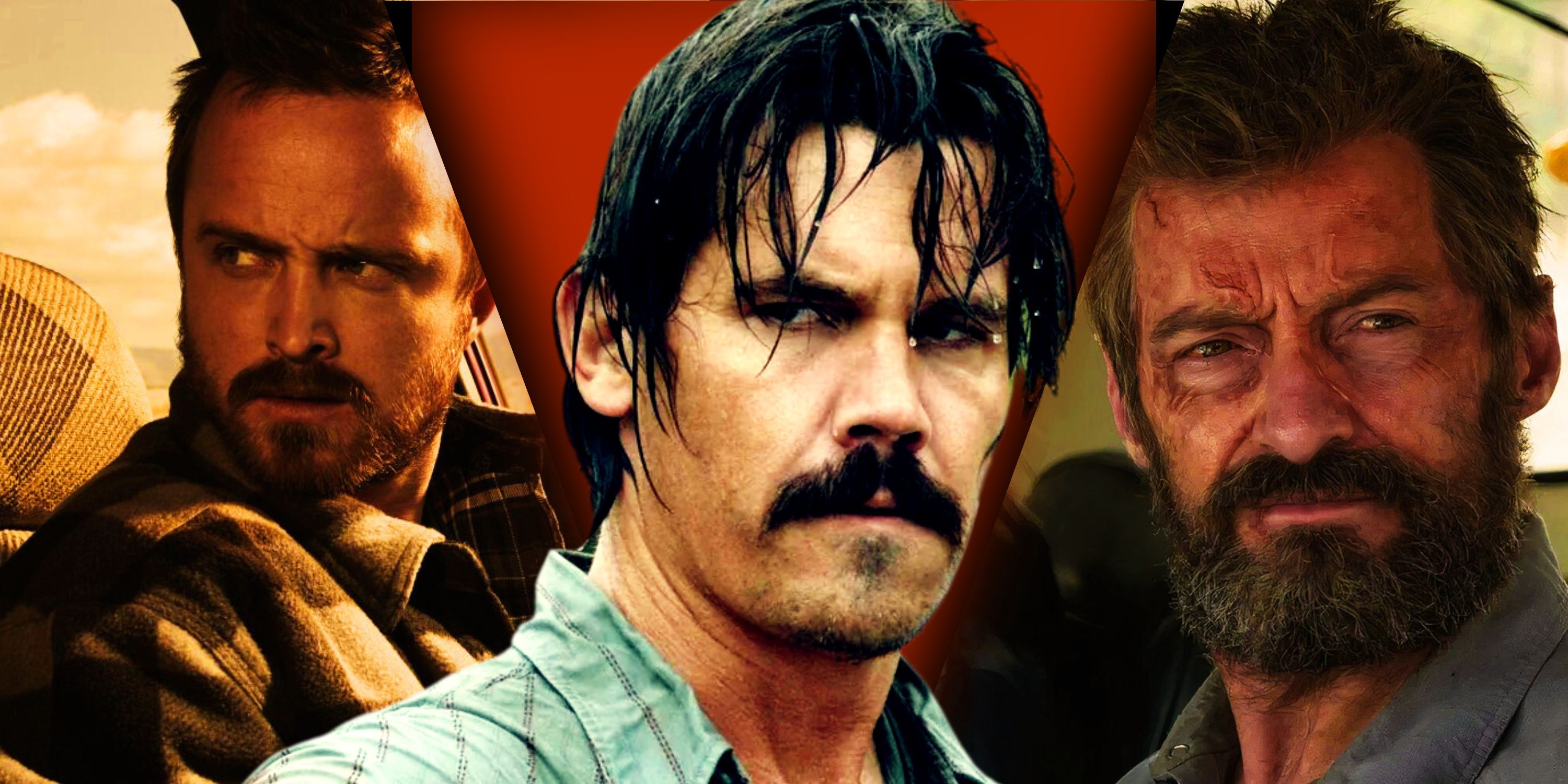
Related
10 Best Neo-Western Movies Made Since No Country for Old Men
The Western genre is alive and well and while No Country for Old Man may be the Neo-Western gold standard, there are other films fans need to see.
After grabbing Sam Shepard and L. M. Kit Carson for the screenplay, Wenders recruited Robby Müller for cinematography and Ry Cooder for the soundtrack of the film. Müller worked with Wenders many times, building a cosmic understanding of the work they crafted together, so Müller was a perfect fit when it came time to put together Wenders’ vision of the screenplay.
Cooder’s western soundtrack provided a calm yet bleak background for the wandering Travis in the desert, which made it one of the best original movie soundtracks. Wenders provided an outsider perspective of America, which brought drifting unsettlement towards the people portrayed in Paris, Texas. Unsettling aside, Wenders crafted one of the best and heartwarming endings for the film.
Harry Dean Stanton Defies All Odds with a Main Role, Portraying Travis
Stanton Had Only Played Character Roles and Was Ready to Branch Out
Harry Dean Stanton has been known mostly for his character acting in films throughout his career. He played Brett, one of the crew members in Alien, one of the best sci-fi classics that still holds up today. He was also simply known as “Tramp” in the prison drama film Cool Hand Luke. Like with most actors, Stanton desired to branch out from the character actor he had become heavily known for. Hanging with one of his friends, Sam Shepard, Stanton lamented he was eager to play a role with some intelligence and vulnerability. With over 100 credits under his belt at the time, Stanton was ready to try something different from the many simple-layered roles of his past. Stanton told Interview Magazine:
I wanted to play something with some love and decency to it. Sam just listened. For the first time, I was allowed to get the girl. That’s such sacred territory in the business, a primitive battle over the female.
For the main role of Travis Henderson, Stanton, in a sense, played three different characters. At the start of the film, Travis wanders aimlessly in the desert, disheveled in a destroyed suit and dusty cap. For the first 30 minutes of the film, Travis doesn’t speak a word, and his motivations are hard to read. It isn’t until his brother, Walt Henderson, slowly breaks him out of his shell. Travis has gone through something traumatizing, which left him lost in the deserts of Texas, with little or no clear point. For these scenes, Stanton’s expressions are haunting and quiet, which tells the audience everything without a single word from Stanton’s character.
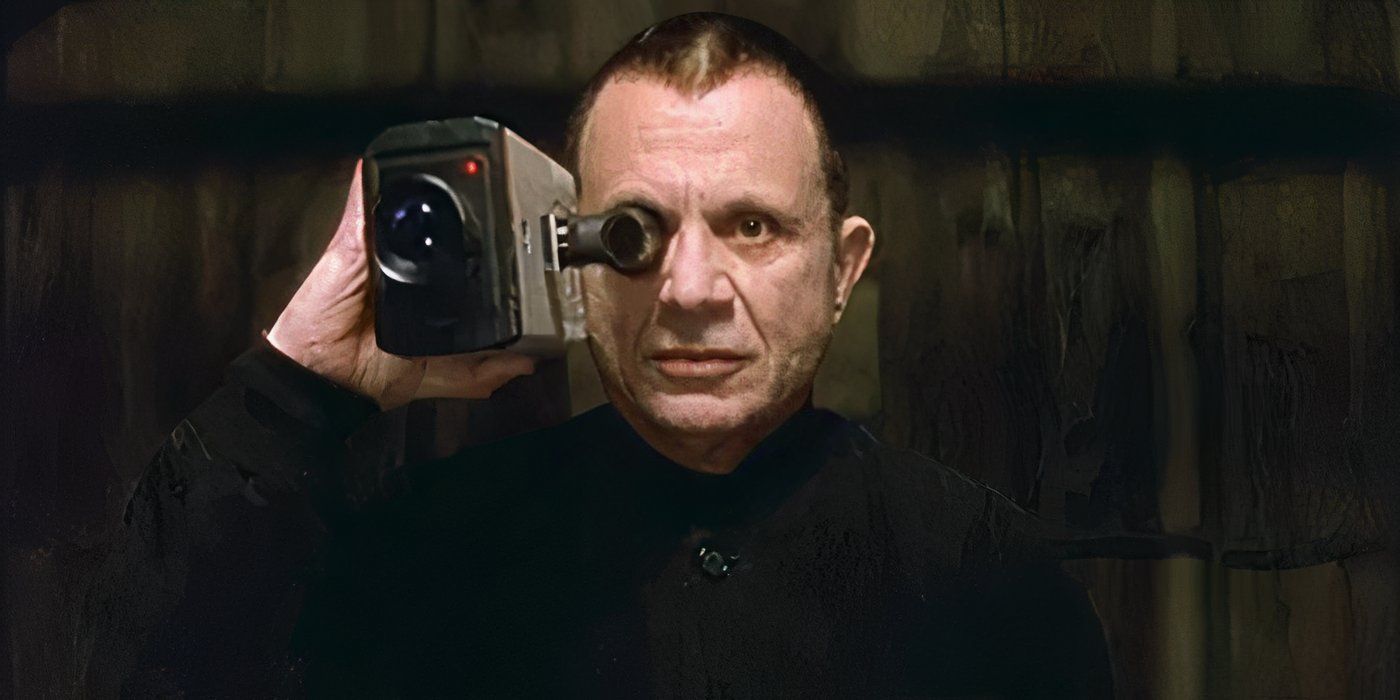
Related
David Lynch’s 28-Year-Old Neo-Noir Horror Was a Box Office Disaster (But It Remains a Cult Classic)
Though not appreciated upon release by critics and audiences, Lost Highway is David Lynch’s true cult classic horror.
In the second act of Paris, Texas, Travis puts the pieces back together about his past life with his wife Jane Henderson and his son Hunter. With little to no experience of being a father, Travis quickly tries to make up for lost time and does silly things like trying to dress more like a father for his son. After a period of re-acclimating time with his brother’s family and a reintroduction to his son, he decides he must find Jane and at least put together the last pieces of how things ended in their relationship. Stanton plays the arc of Travis with such grace, ease, and understanding, which provides an affecting ending for the film once he finally meets Jane again.
The Final Moments of Paris, Texas Are Poignant, Heartbreaking, and Heartwarming
The Characters Come to a Reunion That Was Anticipated From the Start of the Film
Paris, Texas is an unrestricted handful of melancholy from the start, but even with tears from Jane in the last act, it still has a beautifully uplifting ending. In the final act, Travis finally discovers his wife working at a peep show in Houston, Texas. Initially, Travis accepts that he’s found her, without revealing himself to her. Travis is on one side of a room while Jane is on the other, in a room with a one-way mirror where he can only communicate with her over the phone. After leaving, Travis returns some time later and slowly reveals to Jane who he really is through stories of their love from their past life together. Paris, Texas is a film about loss, redemption, and reconciliation, all of which converge in Travis’ monologue at the end of the film.
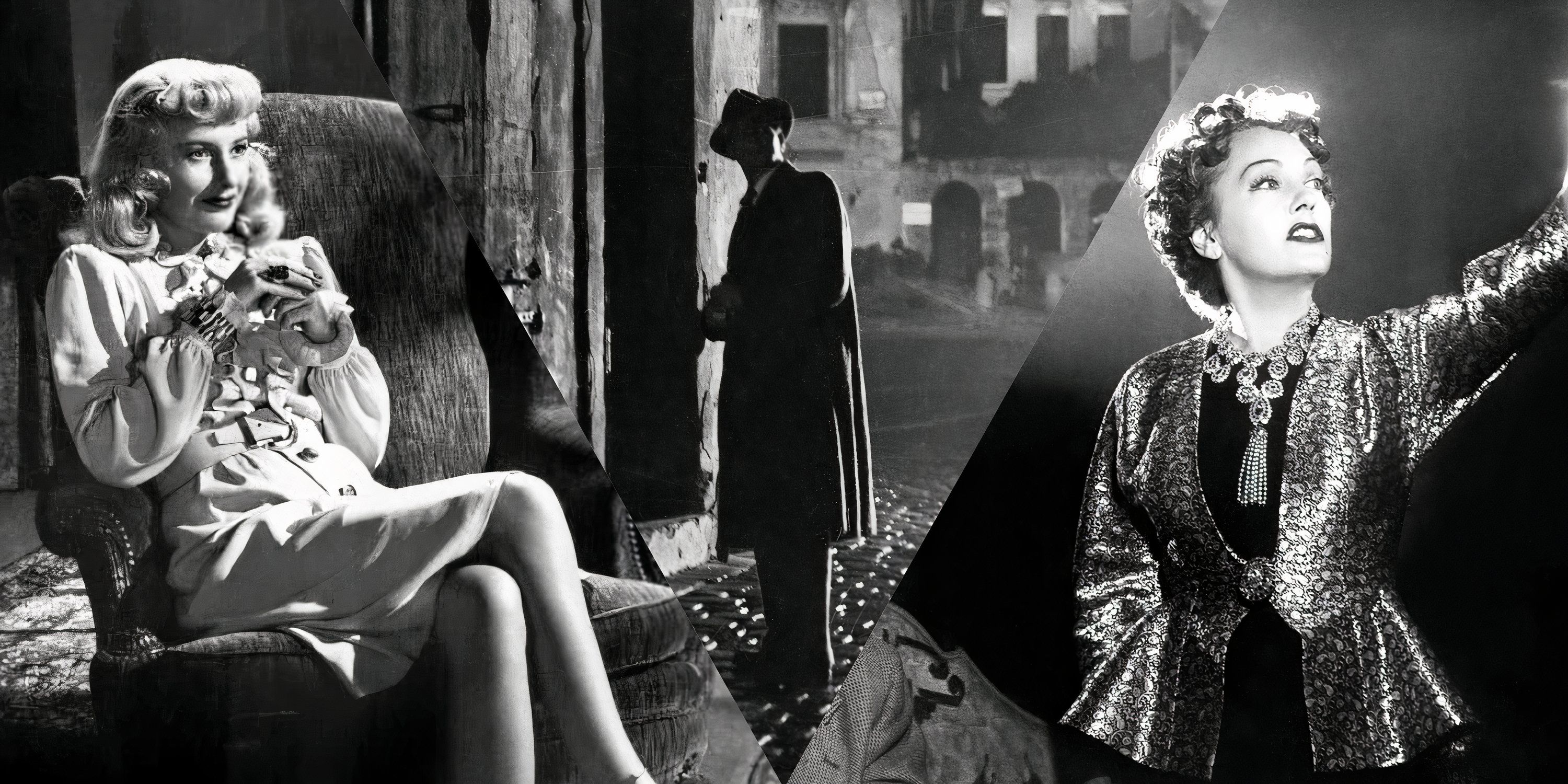
Related
10 Best Film Noir Movies, Ranked
The film noir genre massively influenced American cinema throughout the 1940s and ’50s, spawning several iconic movies in the process.
In Travis’ monologue, he reflects on how much he was always in love with Jane, but their love only grew to a toxic place. For the audience, Travis’ monologue finally provides the missing puzzle pieces of why Jane and Travis were no longer together and why Travis grew estranged from the world. The tension of closeness and isolation plays out in a one-sided mirror conversation, creating a beautifully melancholic reunion for a couple no longer together. In the final moments of the film, Travis gives Jane an address to the hotel where Hunter is, a moment that reunites the estranged mother with her sweet young son. The resolution at the end of the film is bittersweet and ambiguous as Travis drives away while Jane and Hunter are reunited.
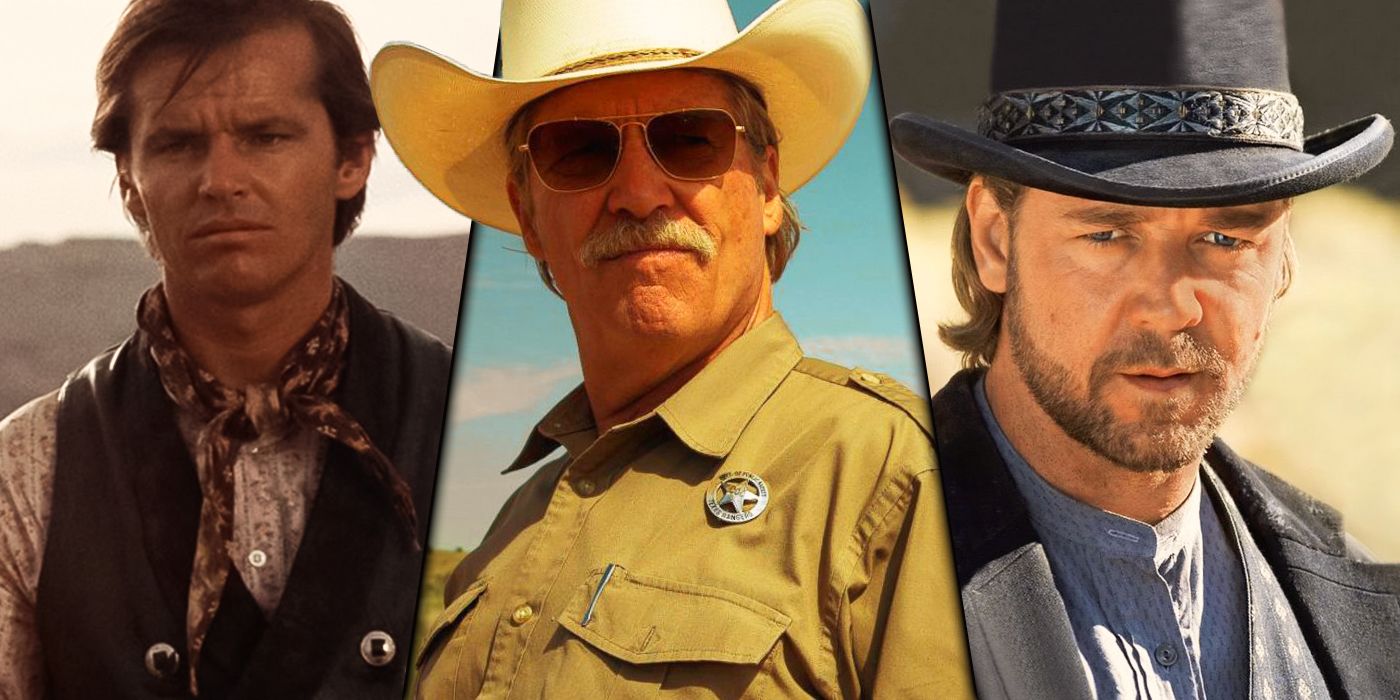
Related
10 Best American Indie Westerns of All Time
The Western genre has taken many different forms over the years and movies like Wind River and Hell or High Water define Indie Westerns.
Paris, Texas drew many accolades but had diminished returns at the box office, leaving it as a somewhat underrated indie film from the 1980s. Luckily, it won the Palme d’Or at the 37th Cannes Film Festival on May 23, 1984. The film was also well-received by other critics and received other nominations. It was expected to be nominated at the Academy Awards, but it was overlooked because of management changes at Warner Bros., which owned the rights to the film. Wenders was grateful for the Palme d’Or win, but it created a creative void that he didn’t want to be in.
For three years after the release of Paris, Texas, everyone expected another film just like it, and Wenders wanted to make something new and unique. Luckily for Wenders, he continued to make phenomenal films that provide brilliant character studies, like Perfect Days. Stanton was always proud of the work he did for Paris, Texas, and even more proud of the film’s final product. Stanton told The Guardian:
It’s my favourite film that I was in. Great directing by Wenders, great writing by Sam Shepard, great cinematography by Robby Müller, great music by Ry Cooder. That film means a lot to a lot of people. One guy I met said he and his brother had been estranged for years and it got them back together.
Paris, Texas was a breakthrough role for Stanton, which provided a fulfilling legacy for him. The film provides a melancholic solitude through an unfolding mystery that the audience embarks on in real time with the protagonist. It is without a doubt a perfect film and Wim Wenders’ best work.
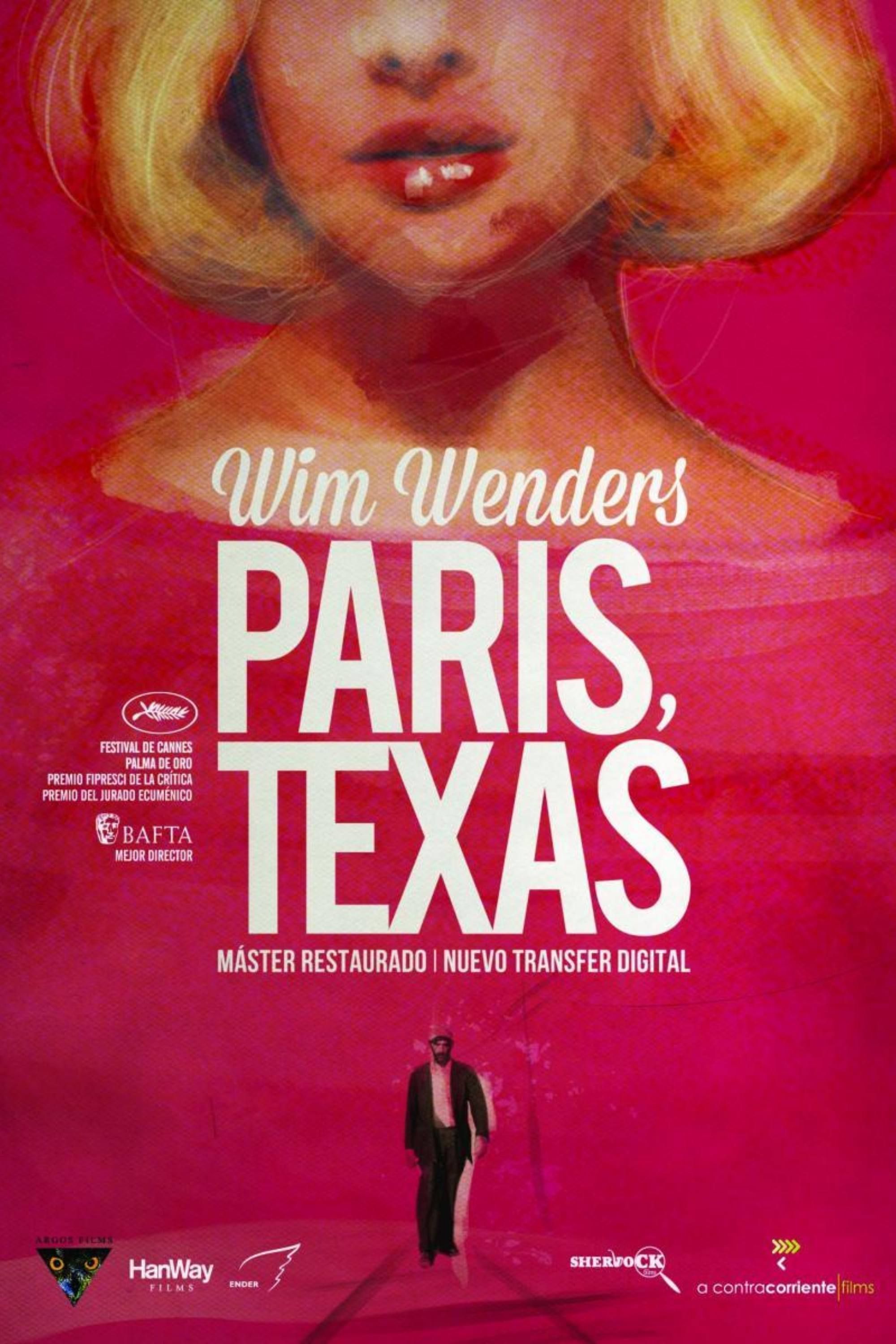
- Release Date
-
August 23, 1984
- Runtime
-
145 Minutes
- Director
-
Wim Wenders
-

Harry Dean Stanton
Travis Henderson
-

Nastassja Kinski
Jane Henderson
-

dean stockwell
Walt Henderson
-

Sam Berry
Gas Station Attendant


